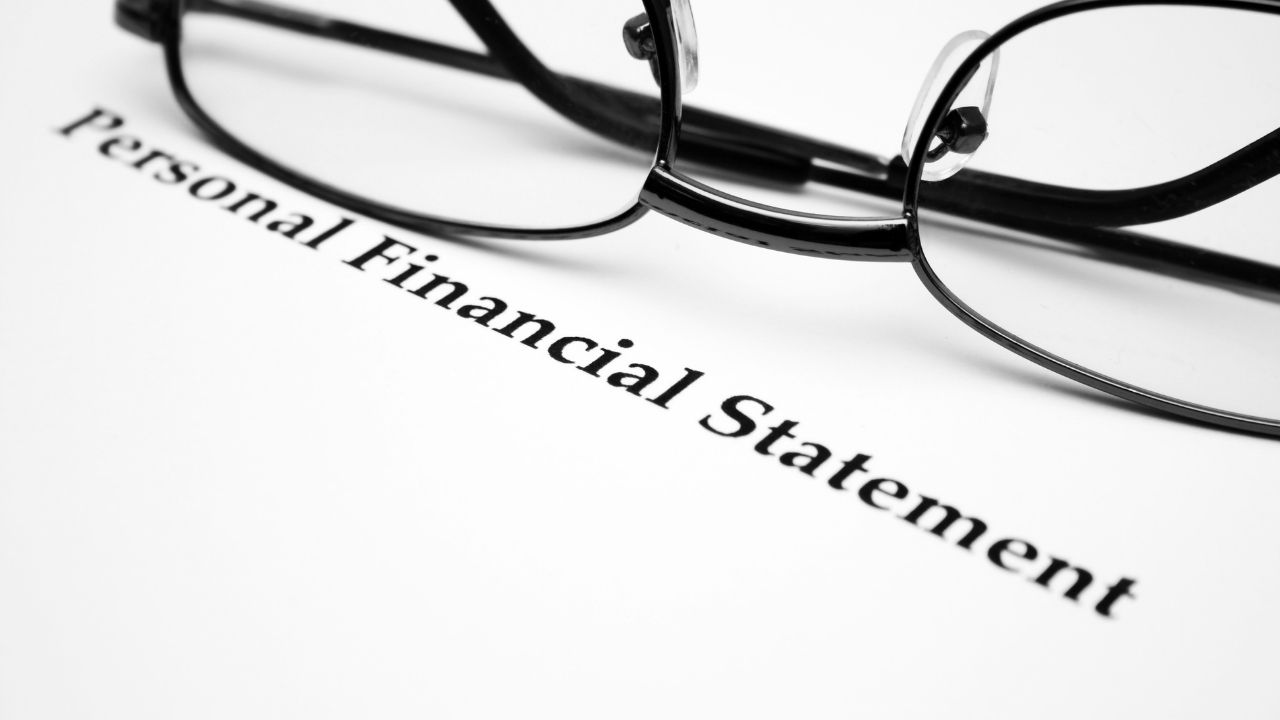Business
Personal Financial Statement: What It Is and Why You Need One

A personal financial statement is a document that lists your assets and liabilities. It is used to calculate your net worth, which is the difference between your assets and liabilities. A personal financial statement can be used for many purposes, such as applying for a loan or mortgage, or calculating how much money you need to save for retirement. If you don’t have a personal financial statement, it’s time to create one! This article will teach you everything you need to know about personal financial statements.
Uses of Personal Financial Statement
There are many reasons why you might need a personal financial statement. Some of the most common reasons include:
– Applying for a loan or mortgage: Lenders will often require a personal financial statement in order to assess your creditworthiness.
– Determining your net worth: Your net worth is one of the most important metrics to track for personal financial health. A personal financial statement can help you track your net worth over time.
– Planning for retirement: It’s important to know how much money you’ll need to save for retirement. A personal financial statement can help you figure out how much money you have available to contribute to your retirement savings account each month.
– Tax reporting: You may need to provide a personal financial statement to the IRS when you file your taxes.
Creating a Personal Financial Statement
There are two ways to create a personal financial statement: manually or using a financial software program.
Manual Method: The manual method involves compiling all of your assets and liabilities into a single document. This can be done using a spreadsheet or a word processing program.
Software Method: Financial software programs such as Quicken or Microsoft Excel can help you create a personal financial statement quickly and easily. These programs allow you to track your assets and liabilities in real time, so you can see how they change over time.
No matter which method you choose, be sure to include all of your assets and liabilities in your personal financial statement. This will give you the most accurate picture of your financial health.
-

 Business3 years ago
Business3 years agoHow to properly develop UX design for a service product? Expert advice
-

 Lifestyle5 years ago
Lifestyle5 years ago3 Simple Rules for Tape in Extensions Hair Care
-

 Lifestyle5 years ago
Lifestyle5 years agoOn Spotlight: Dr. Simon Ourian, new age celebrity cosmetic doctor to the Kardashians and many others
-

 Technology5 years ago
Technology5 years agoCloud hosting is not for everyone
-

 Business4 years ago
Business4 years agoProduct Clipping Can Lead To Increase In E-commerce Sales
-

 Entertainment3 years ago
Entertainment3 years agoKAYLI TAKE US ON A JOURNEY WITH “make your love”
-

 Lifestyle2 years ago
Lifestyle2 years agoThe Binho Board Is Reforming The Tabletop Gaming Industry
-

 Lifestyle5 years ago
Lifestyle5 years agoIrish Doodles are Being Owned by Youngsters due to their Super Cuteness and Friendly Nature












